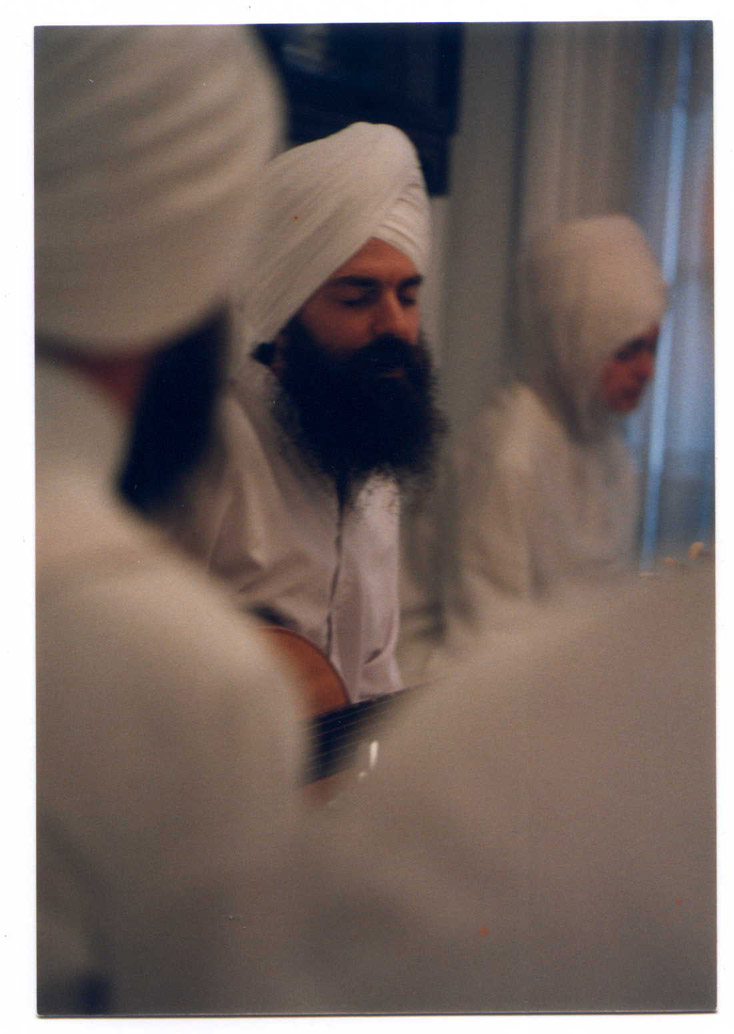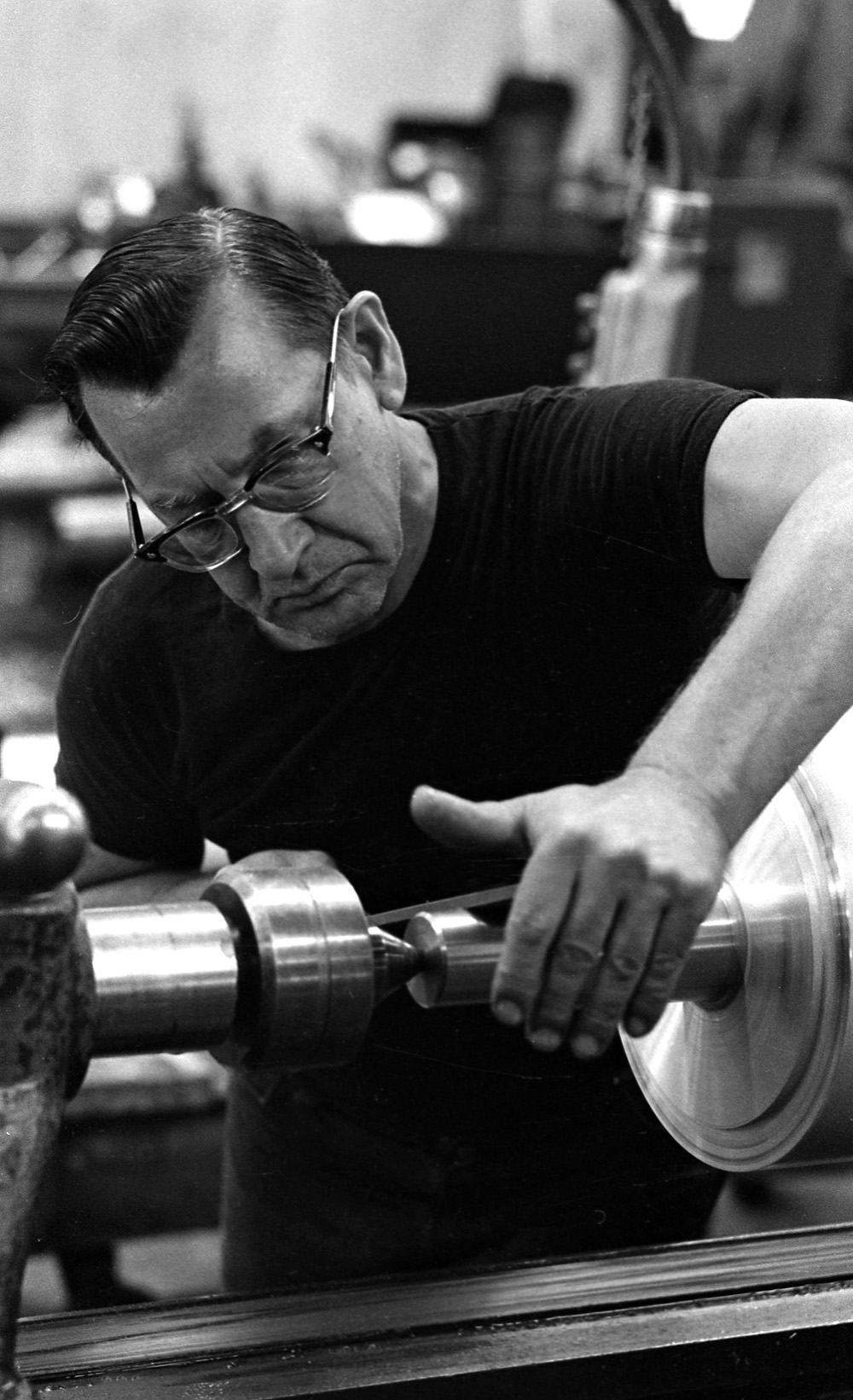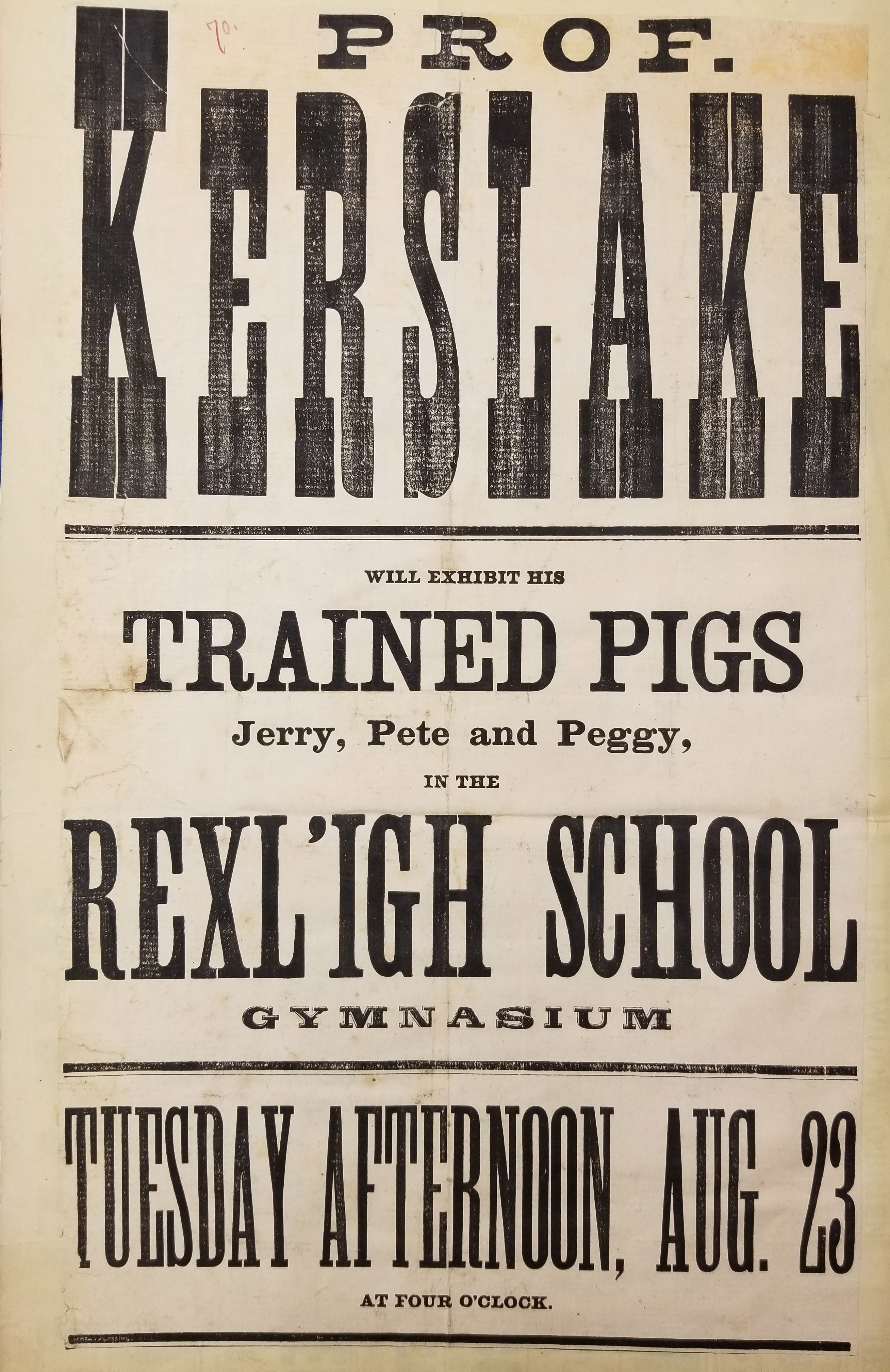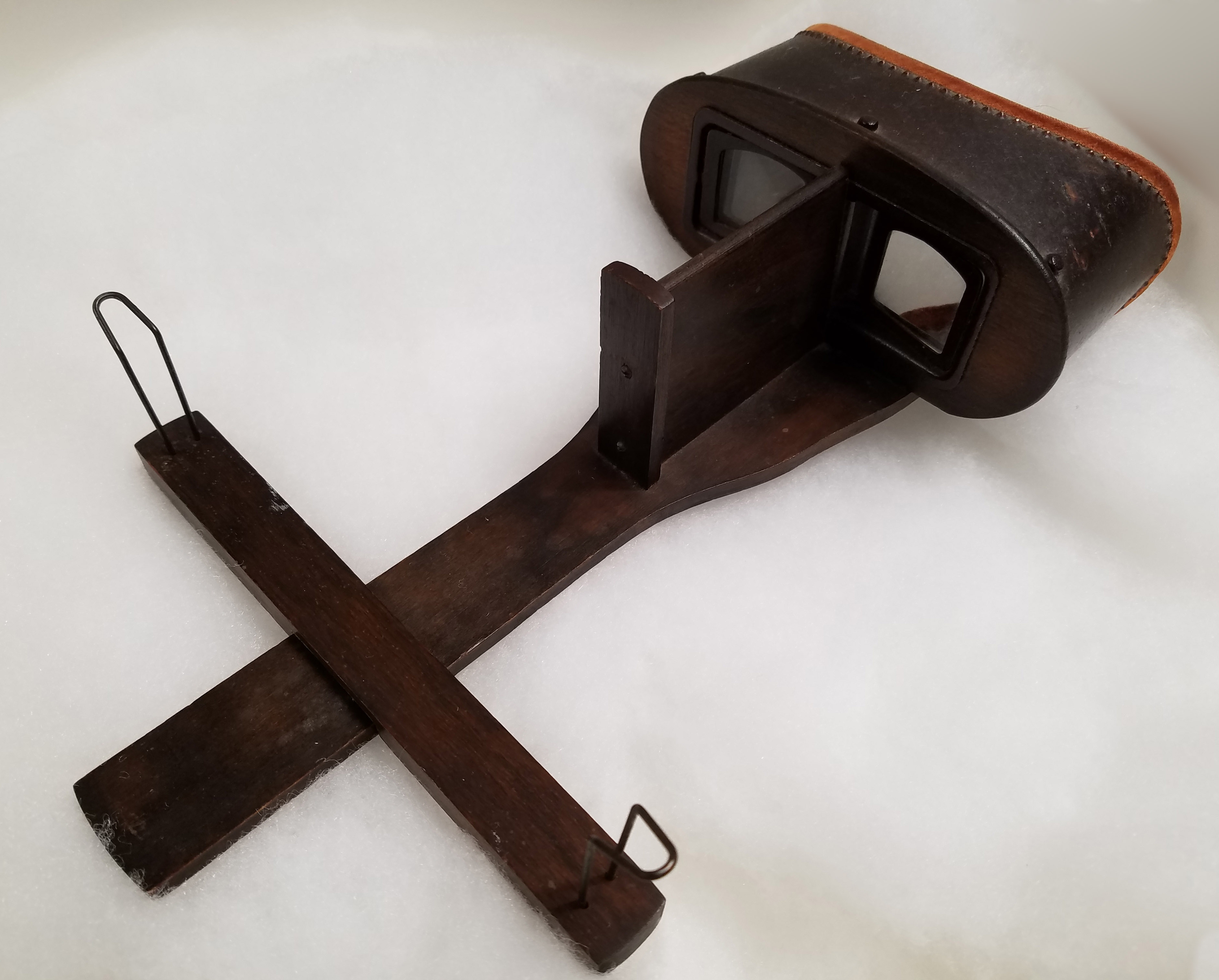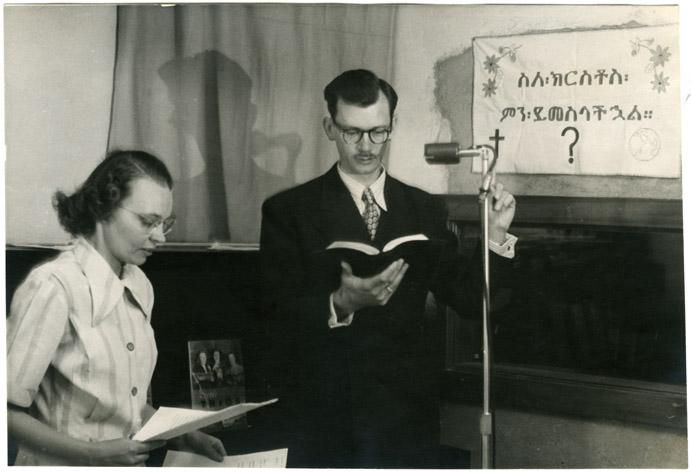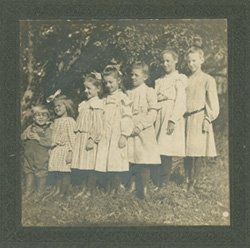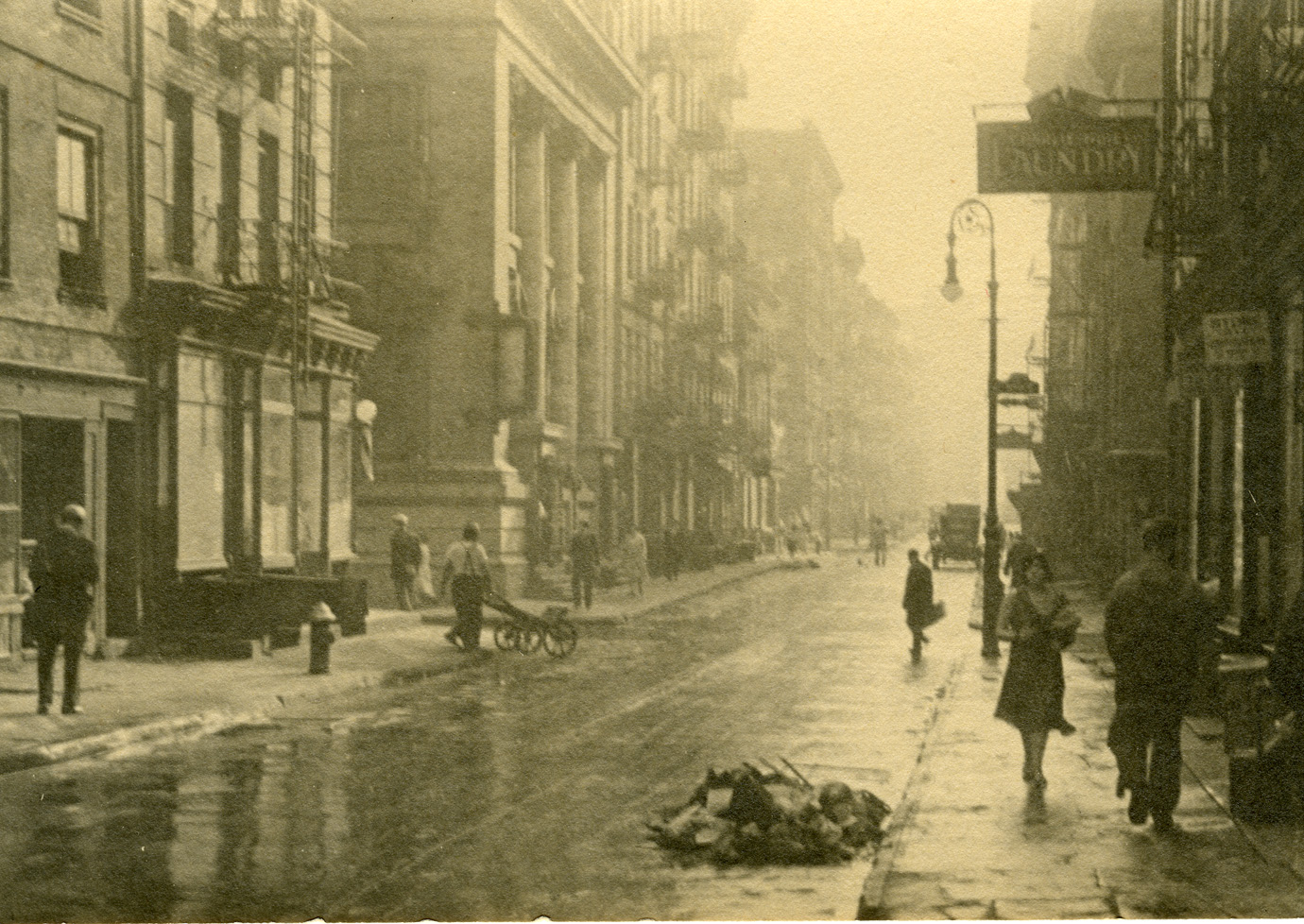Deborah Johnson-Simon Papers
Dr. Deborah Johnson-Simon, PhD, is a museum anthropologist dedicated to advancing social justice and fostering community engagement through cultural heritage projects. She focuses on attracting and maintaining African American audiences and works extensively on museum outreach and development. Dr. Johnson-Simon is the co-editor of The Second Generation of African American Pioneers in Anthropology, a work that highlights significant contributions in the field.
She is the founder and CEO of the African Diaspora Museology Institute (ADMI), formerly known as the Center for the Study of African and African Diaspora Museums and Communities (CFSAADMC). The institute is committed to conducting and distributing research on the history and culture of African and African Diaspora museums and communities, furthering the understanding of their impact and significance. Dr. Johnson-Simon’s research interests center on these communities’ cultural and historical narratives, emphasizing their role in museum studies and broader cultural heritage.
Dr. Johnson-Simon received her BA from Rollins College in 1997 and her MA from Arizona State University with a certification in Museum Studies. She earned her PhD in 2007 from the University of Florida in 2007.
The Deborah Johnson-Simon Papers document Dr. Johnson-Simon’s research, travels, and professional engagements. The collection includes photographs from her research in Arizona, culminating in Culture Keepers Arizona, as well as ephemera from her time at Rollins College in Florida and her research and teaching at Santa Fe Community College in Gainesville, Florida. It also highlights her extensive work with and on Rev. Dr. C.T. Vivian and the C.T. Vivian Leadership Institute. Additionally, the collection contains an extensive collection of cards from individuals she met at conferences, during research, and while traveling. Notably, it includes her work with industrial designer Charles “Chuck” Harrison, who revolutionized the View-Master, along with a View-Master and more than 80 accompanying slides.


